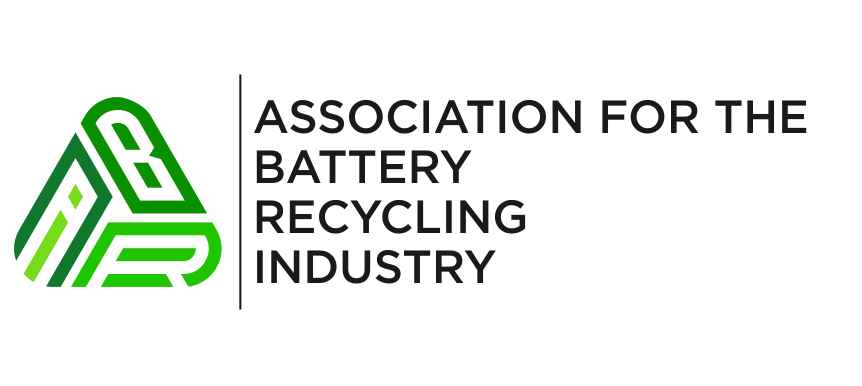Tragic lithium battery linked fire highlights need for urgent action to improve safety throughout the battery value chain
18 March 2024 – The Association for the Battery Recycling Industry (ABRI) and the Australian Battery Industry Association (ABIA) say the increasing number of lithium battery fire incidents highlights the need for urgent action to strengthen safety through all parts of the battery value chain.
Two people have died following a lithium battery fire – the latest in a string of fires across Australia. Without urgent acknowledgement of the size of the issue and a clear government mandate for change the stark reality is the community at large is being exposed to unacceptable risk.
Fire and Rescue NSW (FRNSW) says the deaths “appear to be the state’s first recorded in a Lithium-Ion battery related fire”.
ABRI Chief Executive Officer Katharine Hole said the deaths were a tragic event that no one wants to see repeated.
“Lithium-Ion batteries need to be handled with care all the way through the value chain to disposal,” Ms Hole said.
“As we have seen, the Lithium-Ion battery fires are extremely intense and cause enormous danger and damage very quickly.
Australia’s leading battery associations, ABRI and ABIA call on federal and state governments to urgently implement the federal consumer watchdog’s recommendations to manage the increasing number of lithium-ion battery related fires.
Chairperson of the ABIA, Stuart Hamilton said, “The rapid uptake of lithium battery products and the emergence of new products to meet this demand, makes it critical that data collation, sharing and coherent analysis be introduced. This must happen for industry and governments alike to be able to educate all stakeholders and consumers.”
The ACCC report, “Lithium Batteries and Consumer Product Safety” said: “Commonwealth, state, and territory governments should improve, expand and standardise data collection practices around the hazards posed by consumer electrical products, including Li-ion batteries.
“Wherever practicable and to the extent permitted by law, Li-ion incident data should be regularly shared among stakeholders to facilitate a better understanding of emerging risks and hazards.”
ABRI and ABIA have over 80 members operating across the battery value chain who would like to take the learnings from these events to support customer, employee and industry safety.
The ACCC report also said: “Accurate and comprehensive data about Li-ion battery incidents is crucial in order to identify trends, provide responses for those areas that present the greatest risk, inform policy and regulatory reform and consumer education campaigns.”
These risks can be managed through shared learnings about battery quality as well as broader battery charging and operating ecosystem factors. There are trends emerging and battery quality is an issue for some products. The ABIA has been strongly advocating for minimum battery standards.
Lithium battery products provide a range of great benefits. However, as uptake of this technology rapidly increases and new products enter the market, it’s important that information on issues/safety is shared as quickly as possible. ABIA members recognise that as battery technology changes so does the operating environment in which the battery performs. This requires strong risk management frameworks that are fit for purpose with the growth in lithium batteries.
“We must also have a clear strategy on driving a battery circular economy if we are to achieve a pathway to net zero – and that strategy needs to include a clear direction from governments on the importance of recycling of battery products” Ms Hole said.
“It’s also about cultural change in how we manage batteries throughout their lifecycle and all the supporting infrastructure – including the development of sovereign technologies to recover critical battery minerals such as cobalt, lithium and copper from used batteries.
“As the Australian Competition and Consumer Commission recently noted in its report with sufficient infrastructure, safe disposal and recycling, the industry becomes more sustainable and scalable.”
Ms Hole said the strategy needs to consider separate recycling pathways for different battery applications each of which present unique challenges – consumer, energy storage and electric vehicle.
“Used consumer battery collection, the main contributor to fires in waste facilities, differs from EVs and energy storage due to the size of the batteries, the complexity of engineering and the electrical safety risks – it’s not one size fits all.”
A battery circular economy strategy needs to include:
Funding to support a growing industry – including the development of world leading technology
Streamlined approvals for recycling facilities handling used batteries where safe and sustainable
Strengthened consumer collection and support for cultural change in dropping off batteries.
“We need government to step up and deliver the tools needed to support a battery circular economy and safety for homes, business and workers.”
“There is an urgent need for funding to fast-track an expanded battery collection and recycling system, that fully supports an end-to-end solution.”
Industry is driving change and looks to work collaboratively with government to expedite this change.
